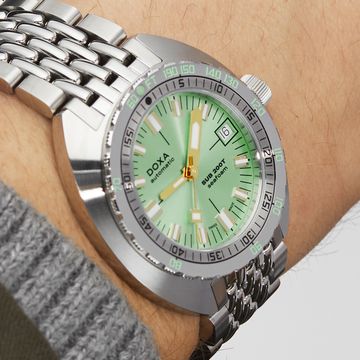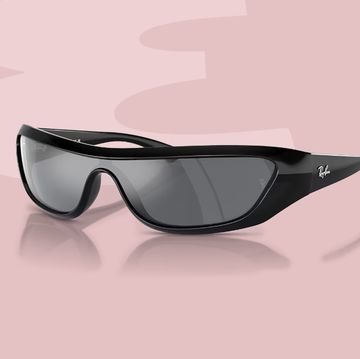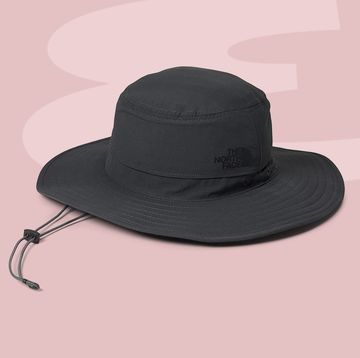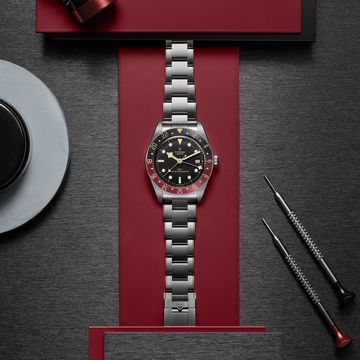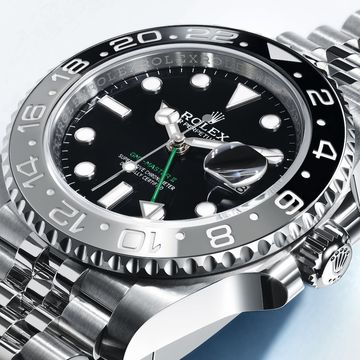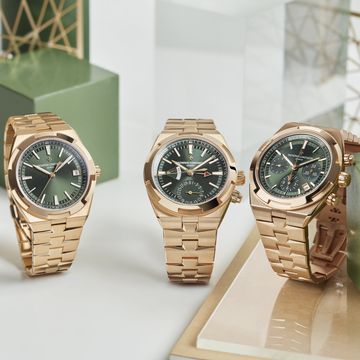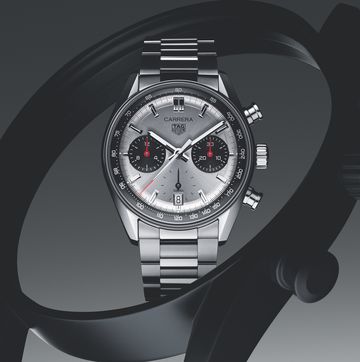Something happens when you pass 30: Those yellow gold watches that, for the longest time, you had more than a passing disinterest in, start to look cool. Maybe it's the few extra pounds that begin to settle around your midsection or the odd gray hair in your beard, but something changes when you reach your thirties that makes gold watches attractive even to those who had disavowed them years before.
At first you fight it. You think of your other watch-nerd friends with their steel Submariners and Speedmasters laughing at your pieces of man-jewelry. Because, as we all know, any watch that is gold is jewelry, adorning only old men and young dandies, whereas anything in steel is a tool, there to provide utility to the manly man who wears it. But then you find the gold watch that puts a wedge in the door.
For me, it was a '40s Universal Genève chronograph on a brown alligator-leather strap. Okay, it was a rare Climate-proof Compax, to be specific, and while it was a good 38mm in diameter, this watch had presence. Oh, and it was cheap. This beautiful old thing, made of 18k gold, dating to a half-decade before my old man arrived on this Earth, cost only $2,060. That is, for reference's sake, less than the same watch would cost in plain old stainless steel; we'll come back to that. I bought the watch, paired it up with a Billy Reid blazer and a white oxford shirt and, all of a sudden, I was a man. In fact, I would even venture to say that the watch helped me become, or at least feel like, The Man, which is, as we all know, several confidence levels above just being a man.
As I wore it to more events, I began to realize people were simply drawn to it. It's as if they couldn't help themselves from passing over those bulky steel divers' watches on the wrists of salesmen and on to this slim, almost sultry, chronograph in gold. Oh, and the fact it was worn by a man born after 1977 added to its charm (or so I've gathered). At one particular watch-related cocktail party, I was stopped by a group of well-appointed finance types to inquire what type of timepiece it was and, more importantly, how much it cost. Instead of providing a simple response–what fun is that?–I turned the question on them: "How much do you think it cost?" Their responses ranged from $10,000 to $800,000. They simply believed it to be either a Vacheron Constantin or Patek Philippe.
Such is the life of a gold-watch-wearing man. You are constantly confused with a more mature, wealthier, worldlier version of yourself. And you know what? After a little while, you might just grow into that better version of you. The thing is, from a design and economic standpoint, gold watches make a lot of sense. Few people under the age of 60 wear them; when they do, it's usually a rapper and the watch is the size of a hockey puck. But a young guy wearing a slim, gold watch from the '40s? Now that's class. And when you consider the fact that gold watches from last century actually cost less than steel ones, you begin to see the math making sense. You are indeed getting a "finer" watch made of a precious material, and yet the margins by which they are sold today do not apply to you.
The reason? Vintage watches are priced purely by demand, not material cost. And, frankly, nobody wants to wear a gold watch, so they've slumped in value for years. You can buy gold Rolex Day-Dates from the '70s for less than $4,300; a new one costs four times that. You can buy a gold Patek Philippe from the '40s for under $7,600; a new one is at least double that.
Vintage watches in gold simply make sense from an economic standpoint; there's no debate about it. And, if you're like me and getting a little bigger in the midsection, grayer in the hair, and more weathered in the face, a bit of golden sheen doesn't hurt. After all, you deserve a gold watch now, don't you think?
From: Esquire UK


